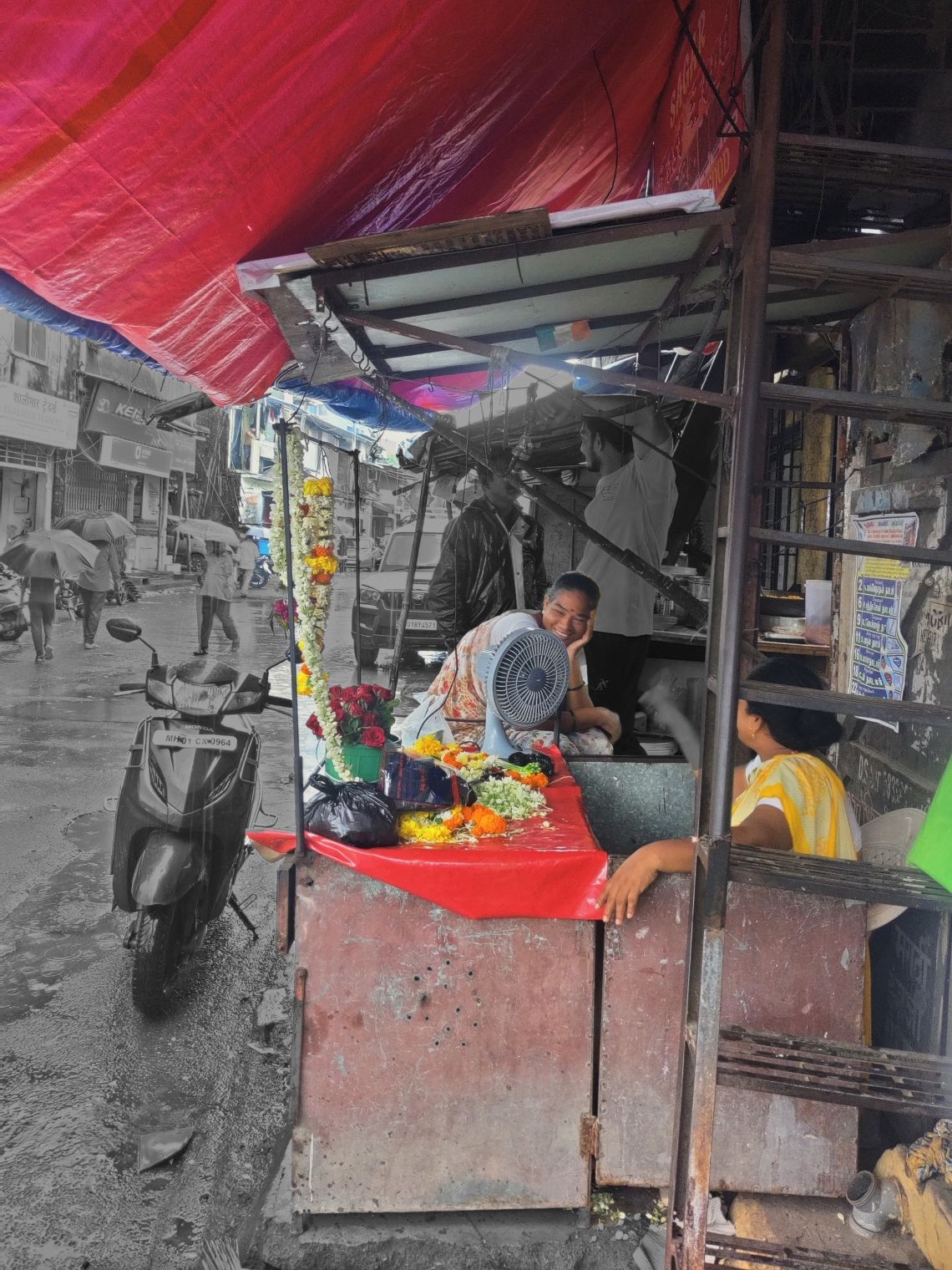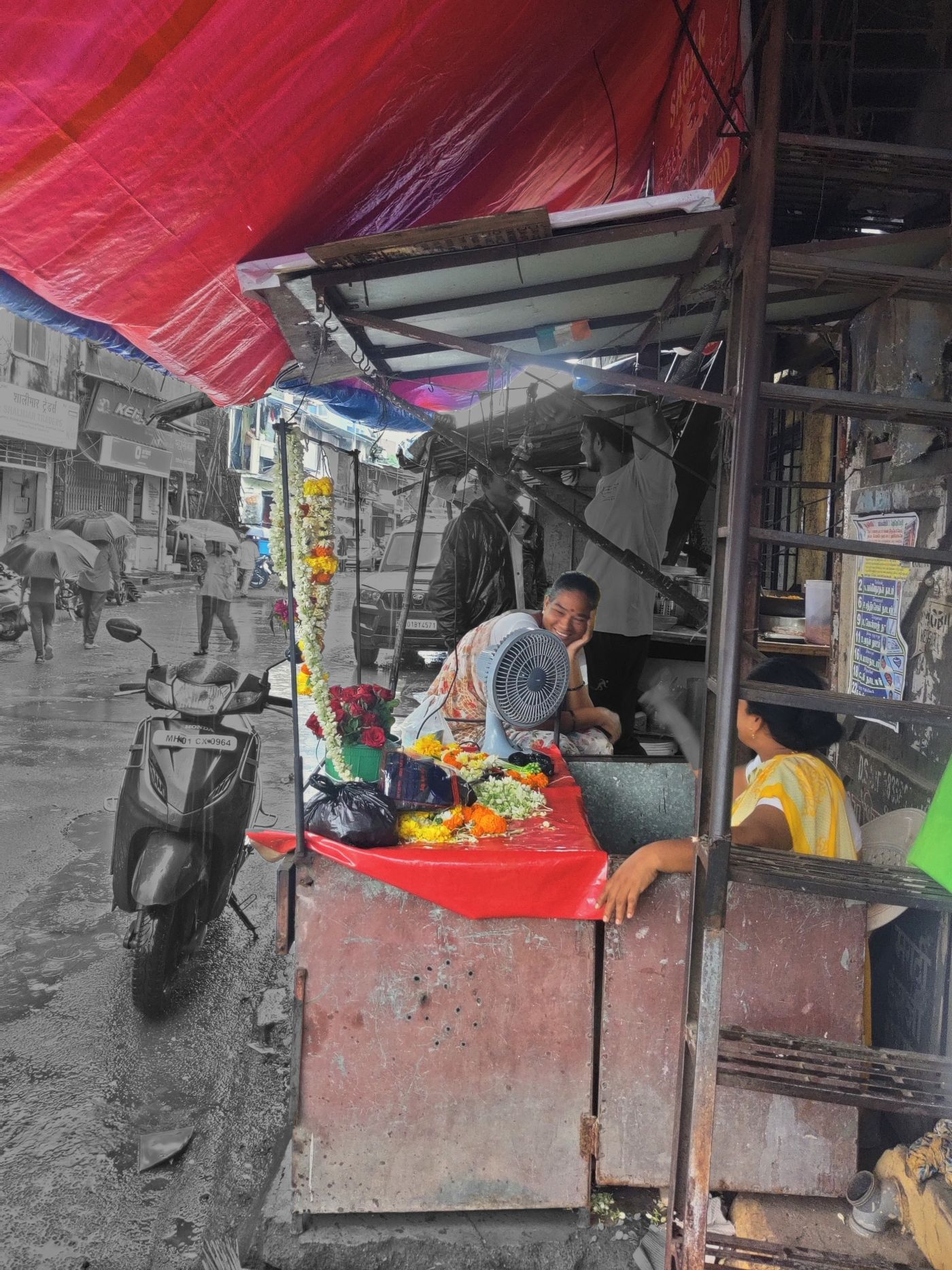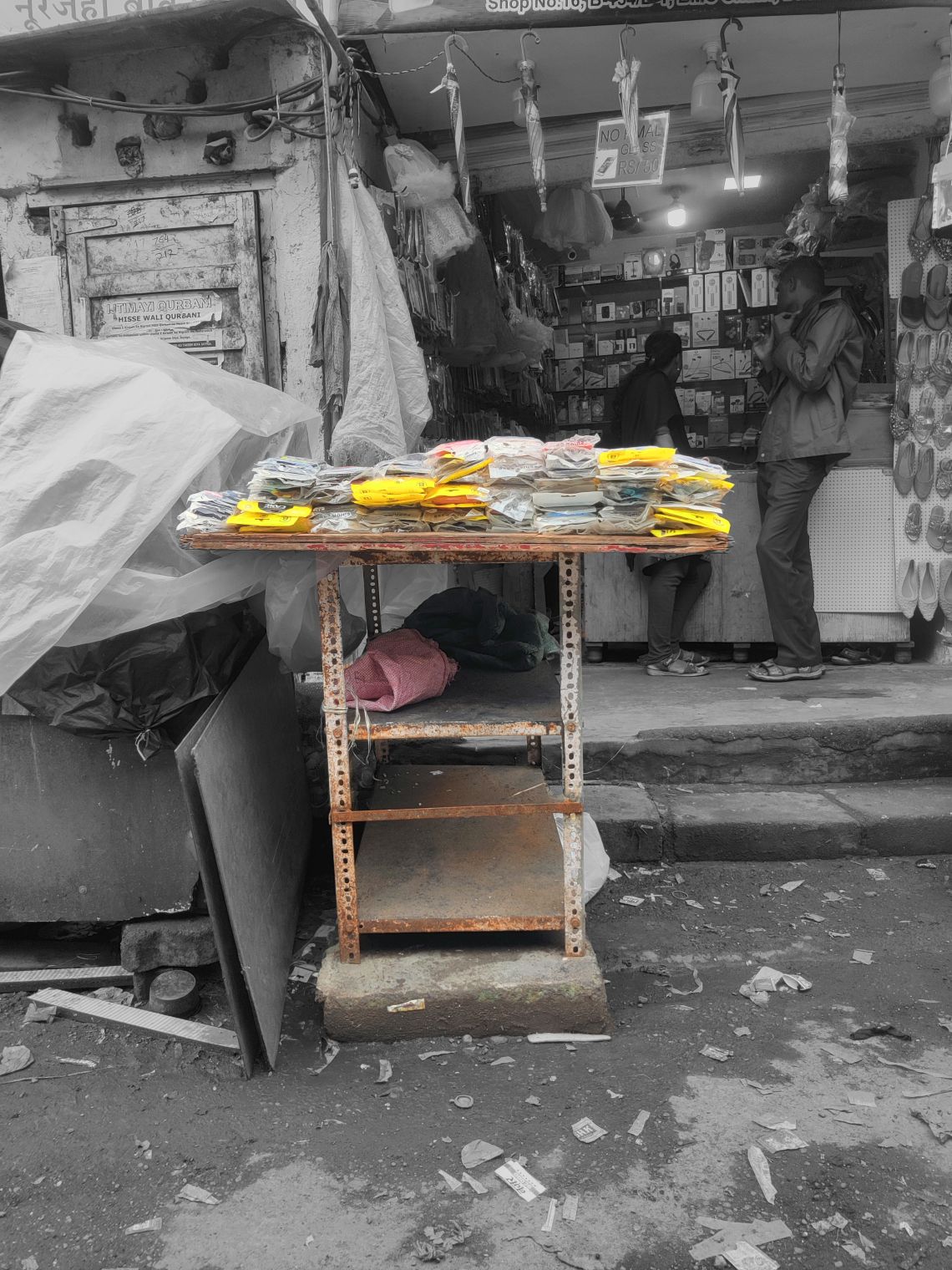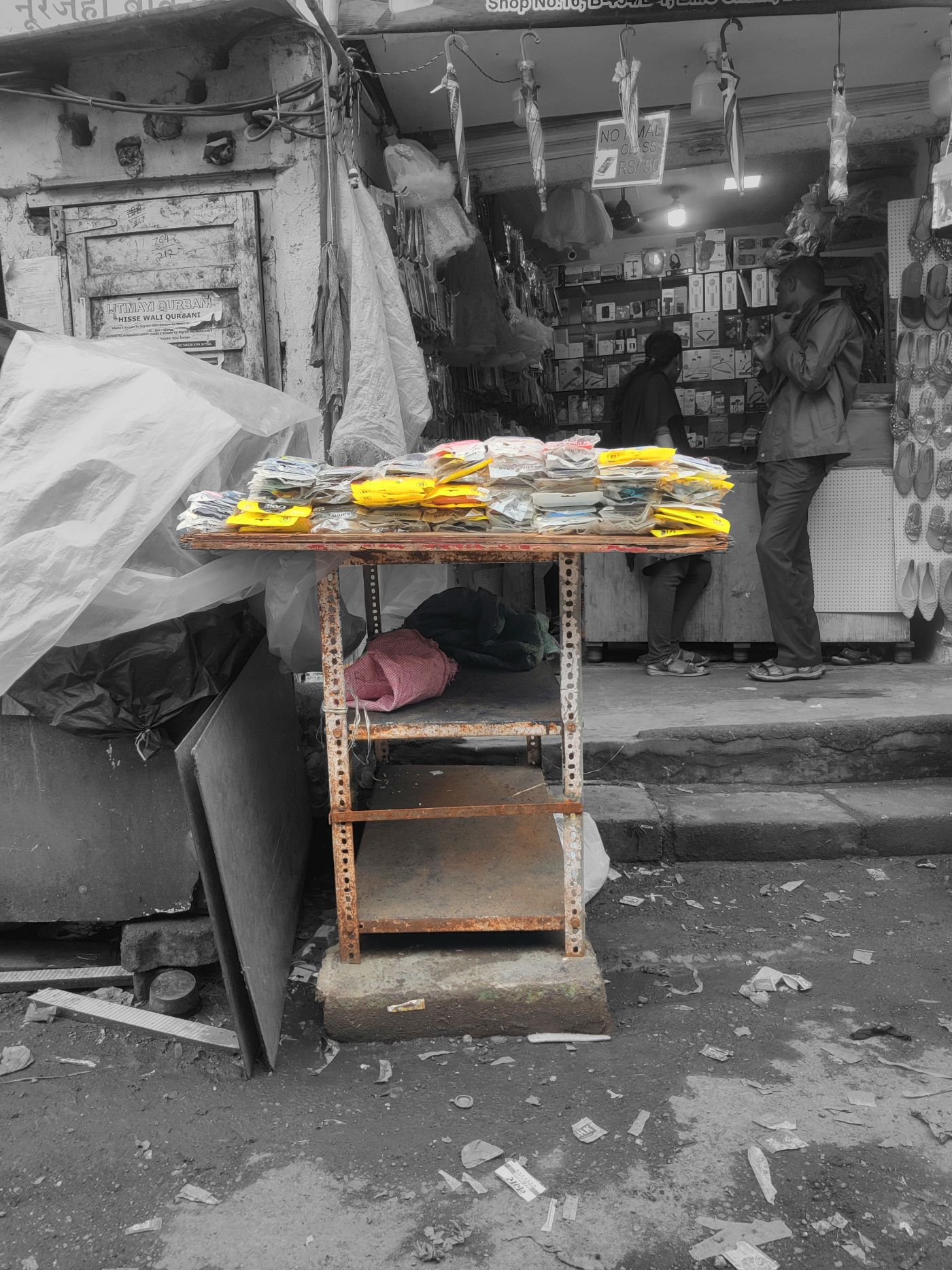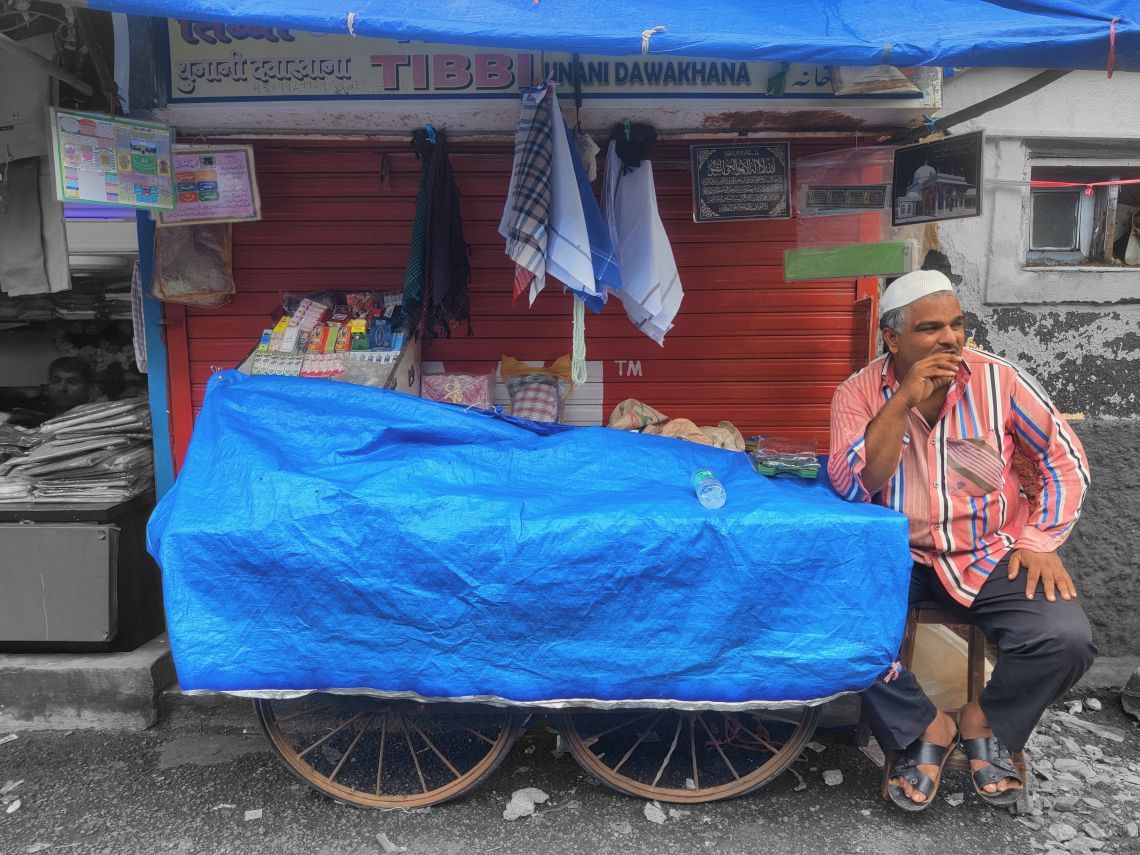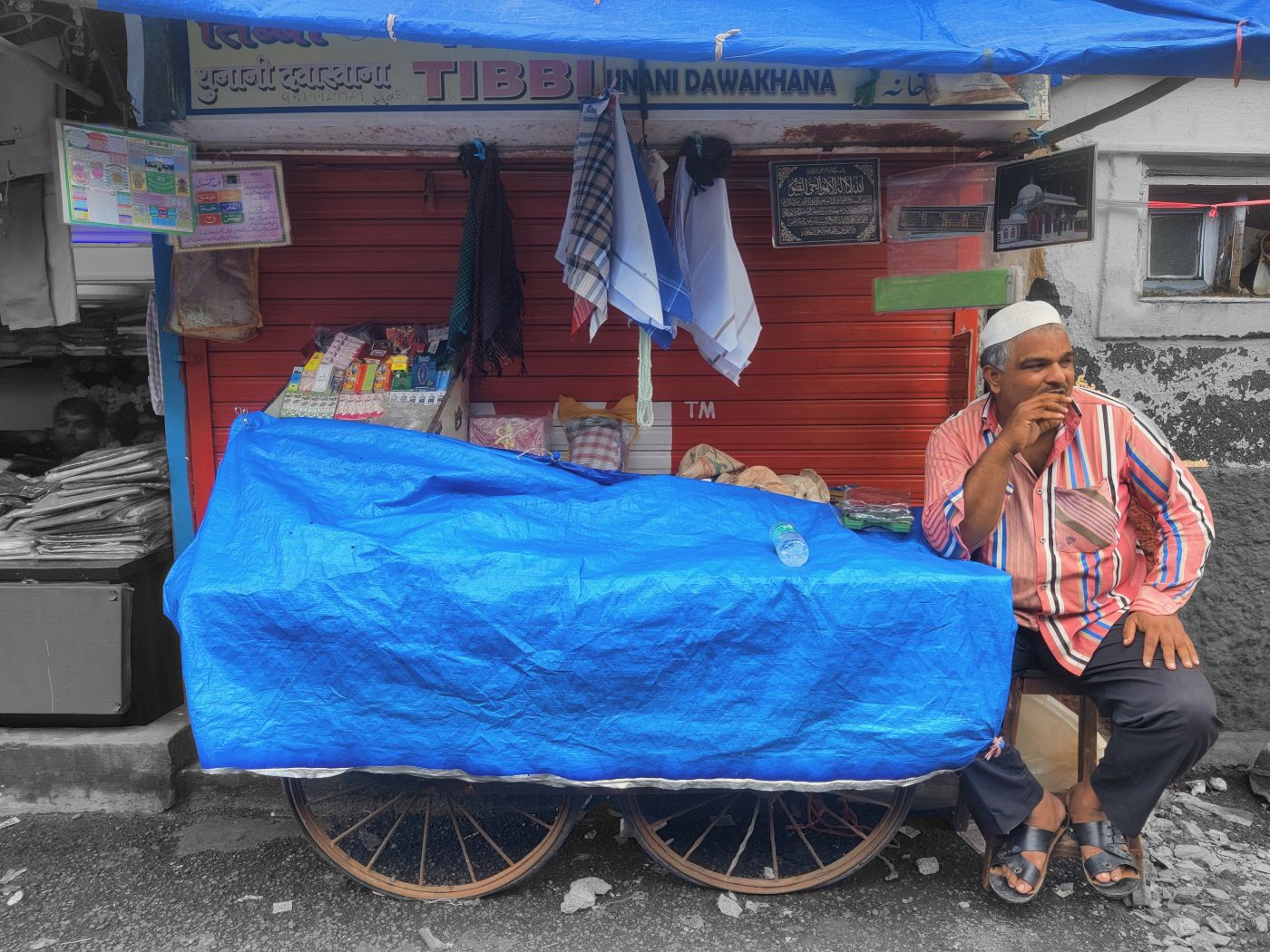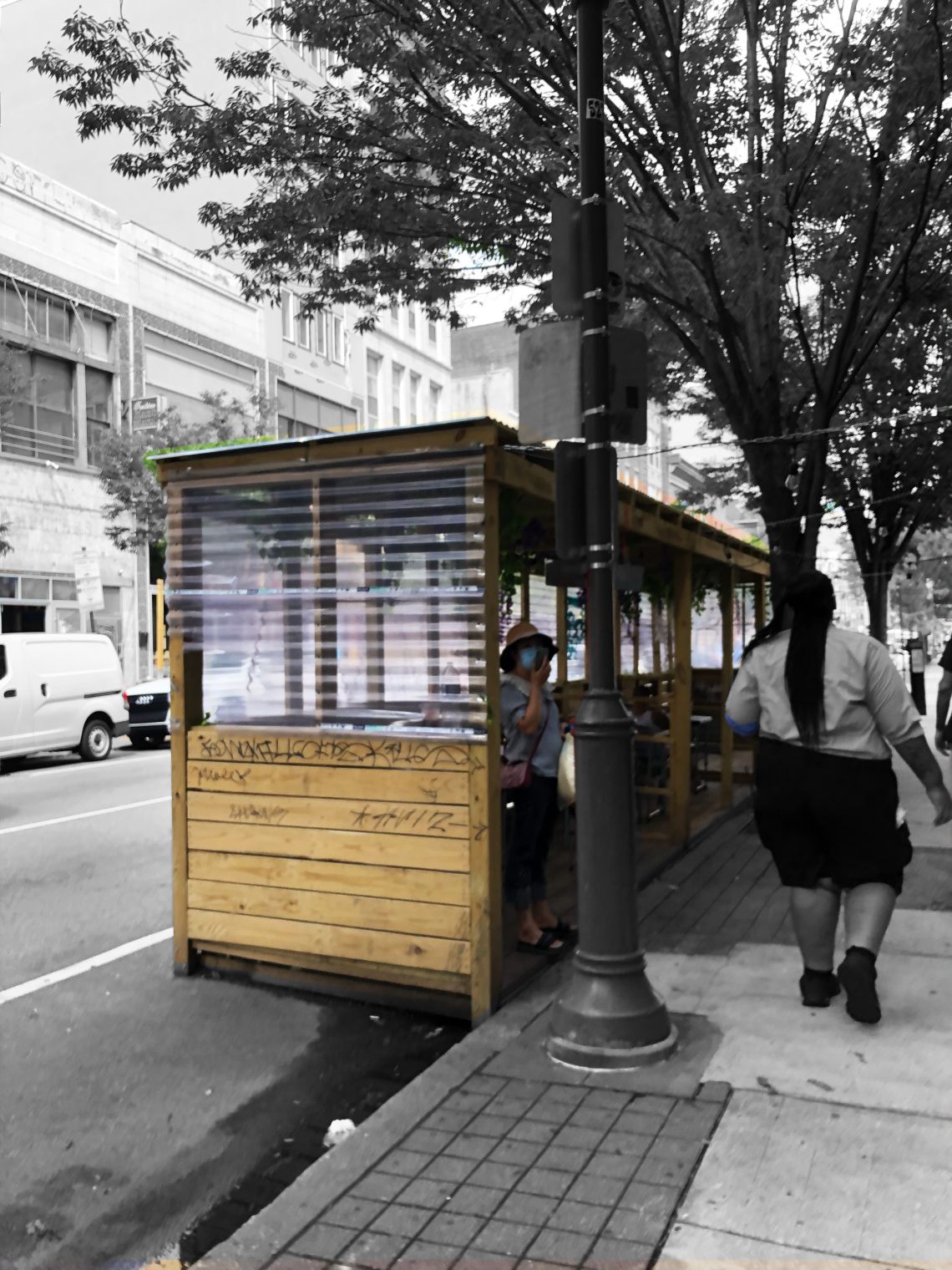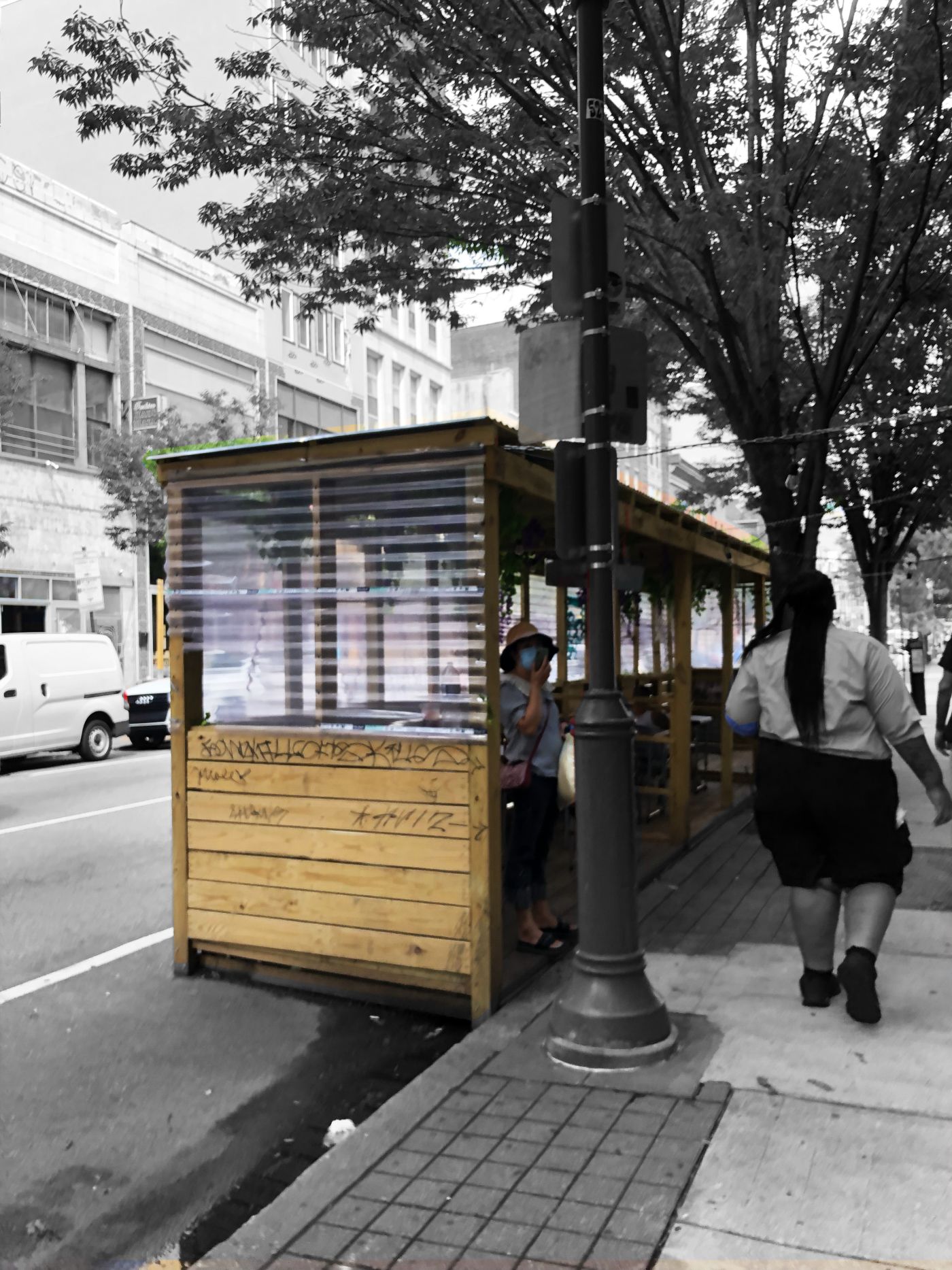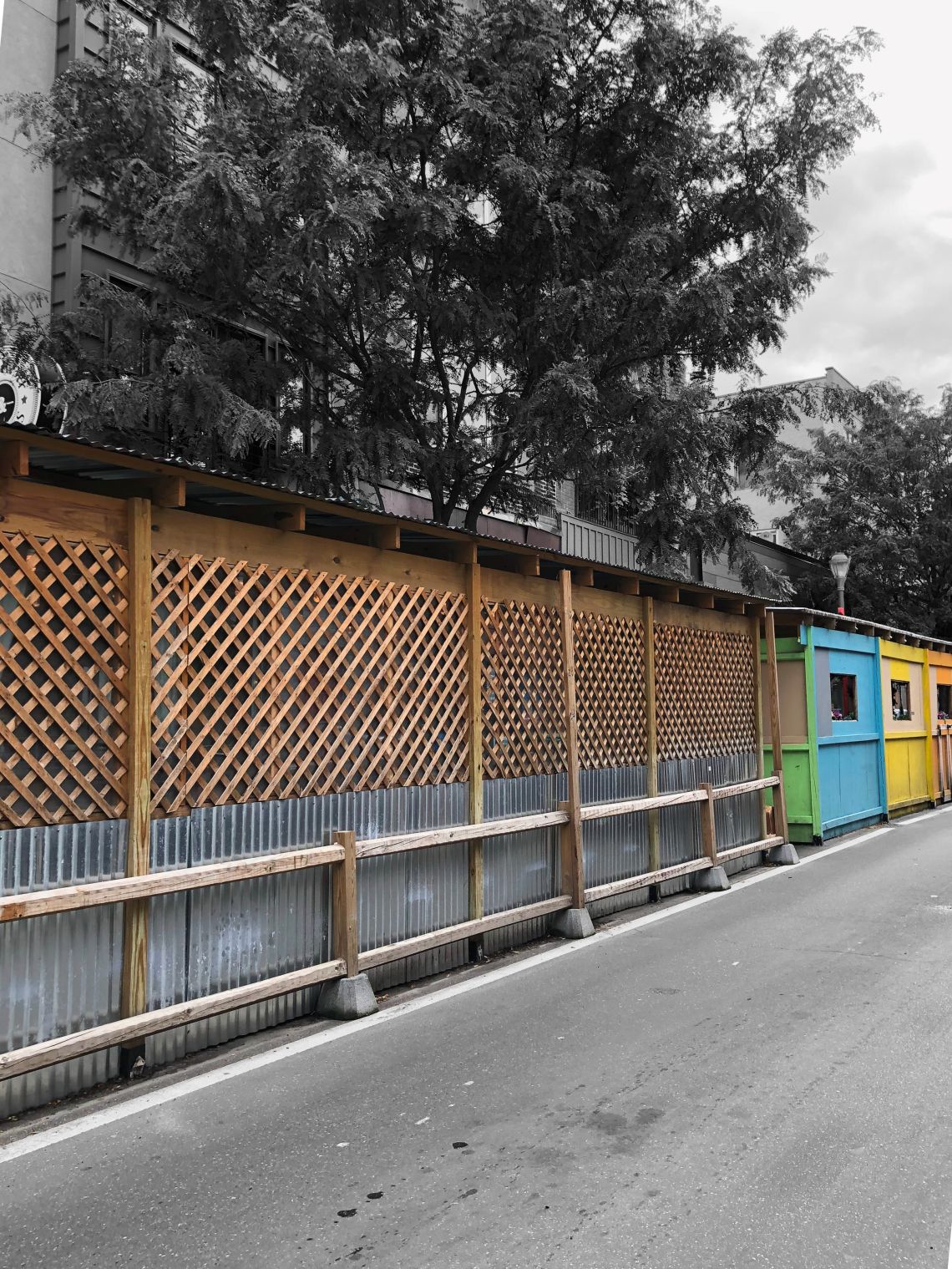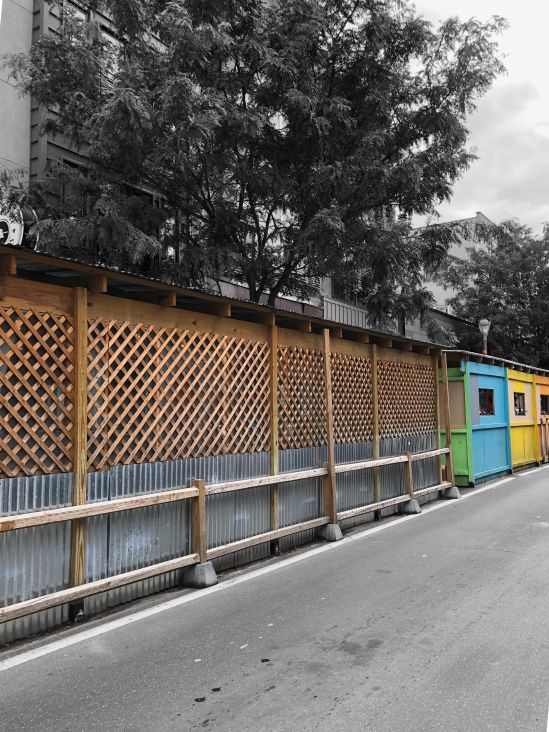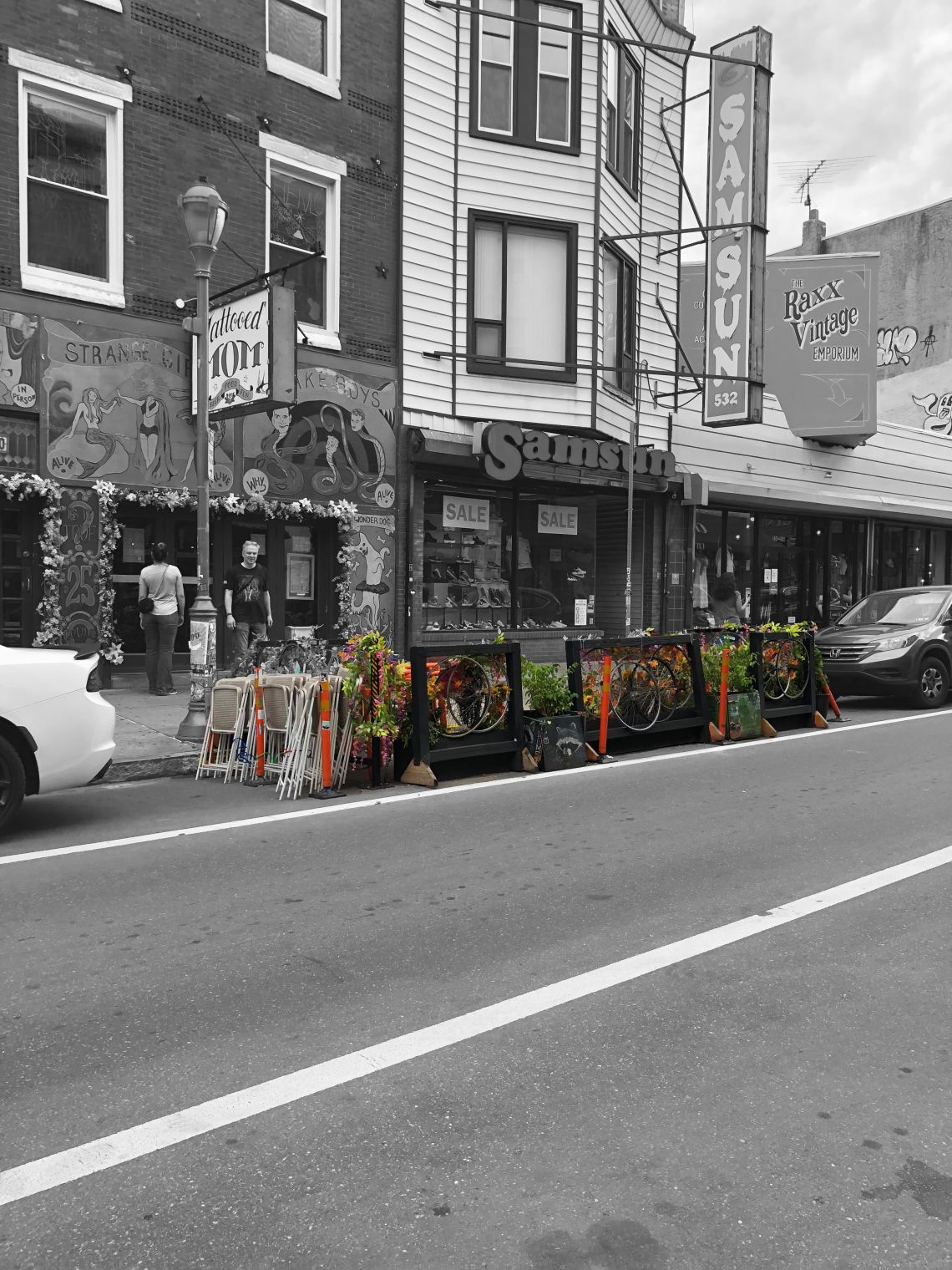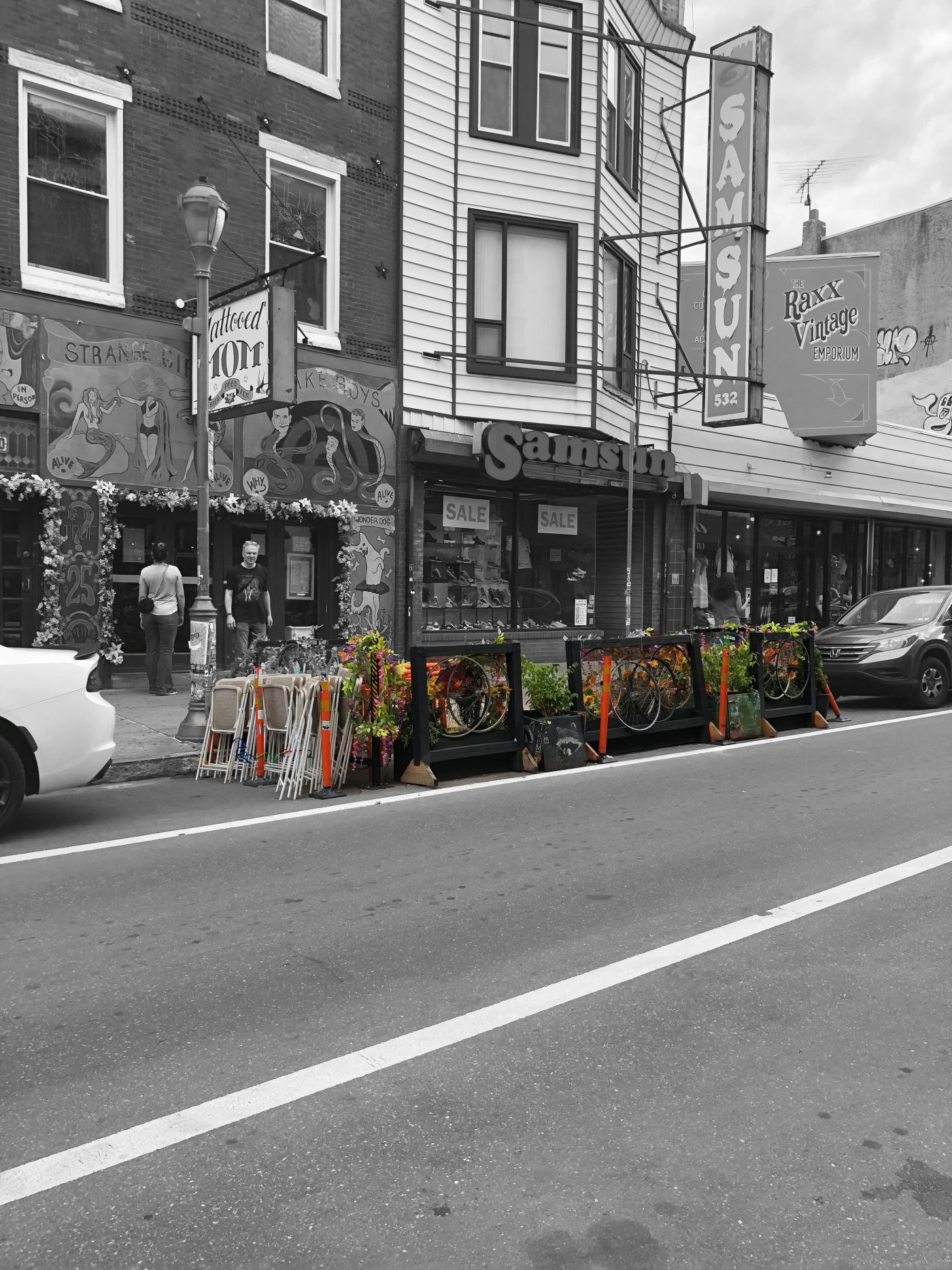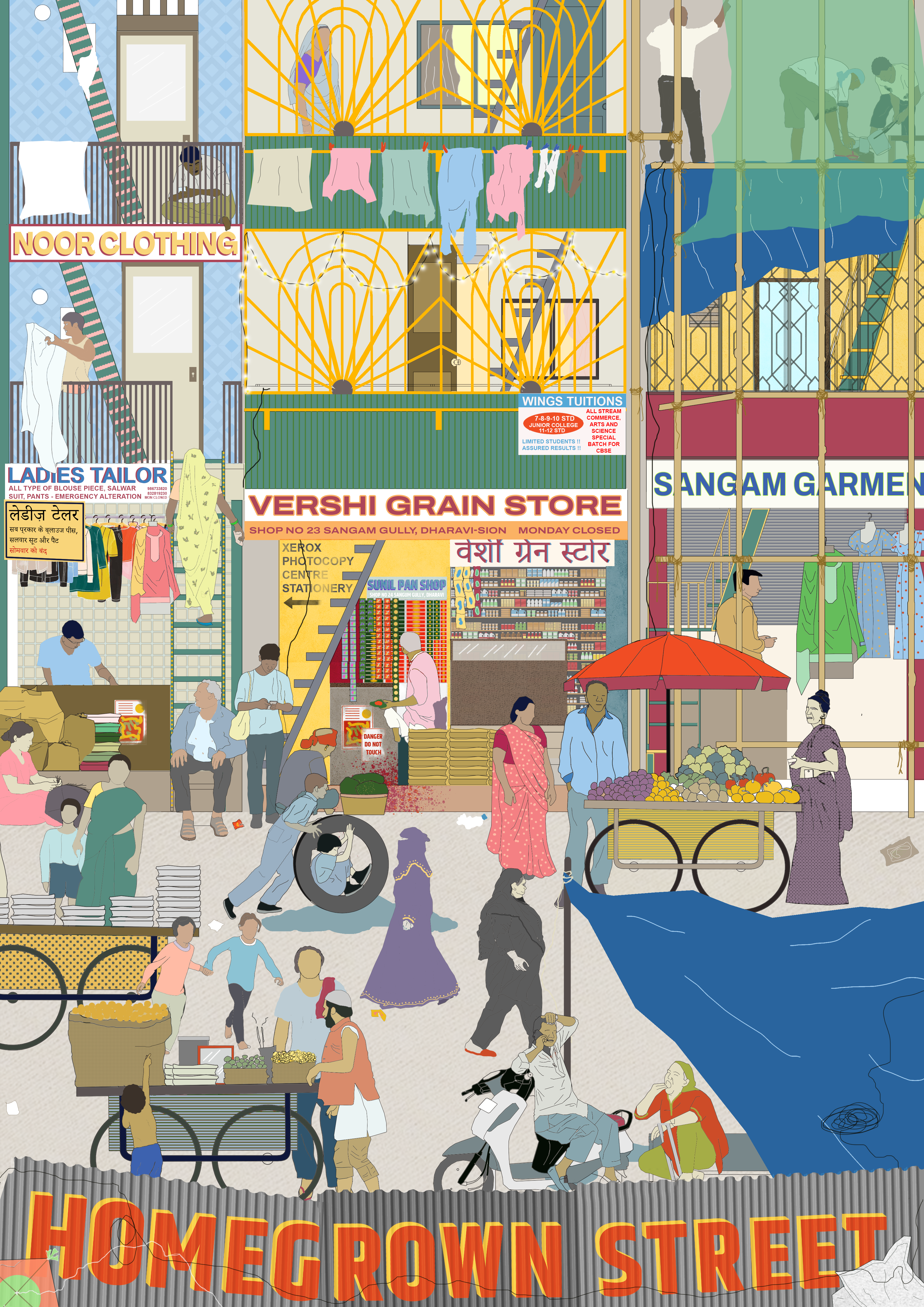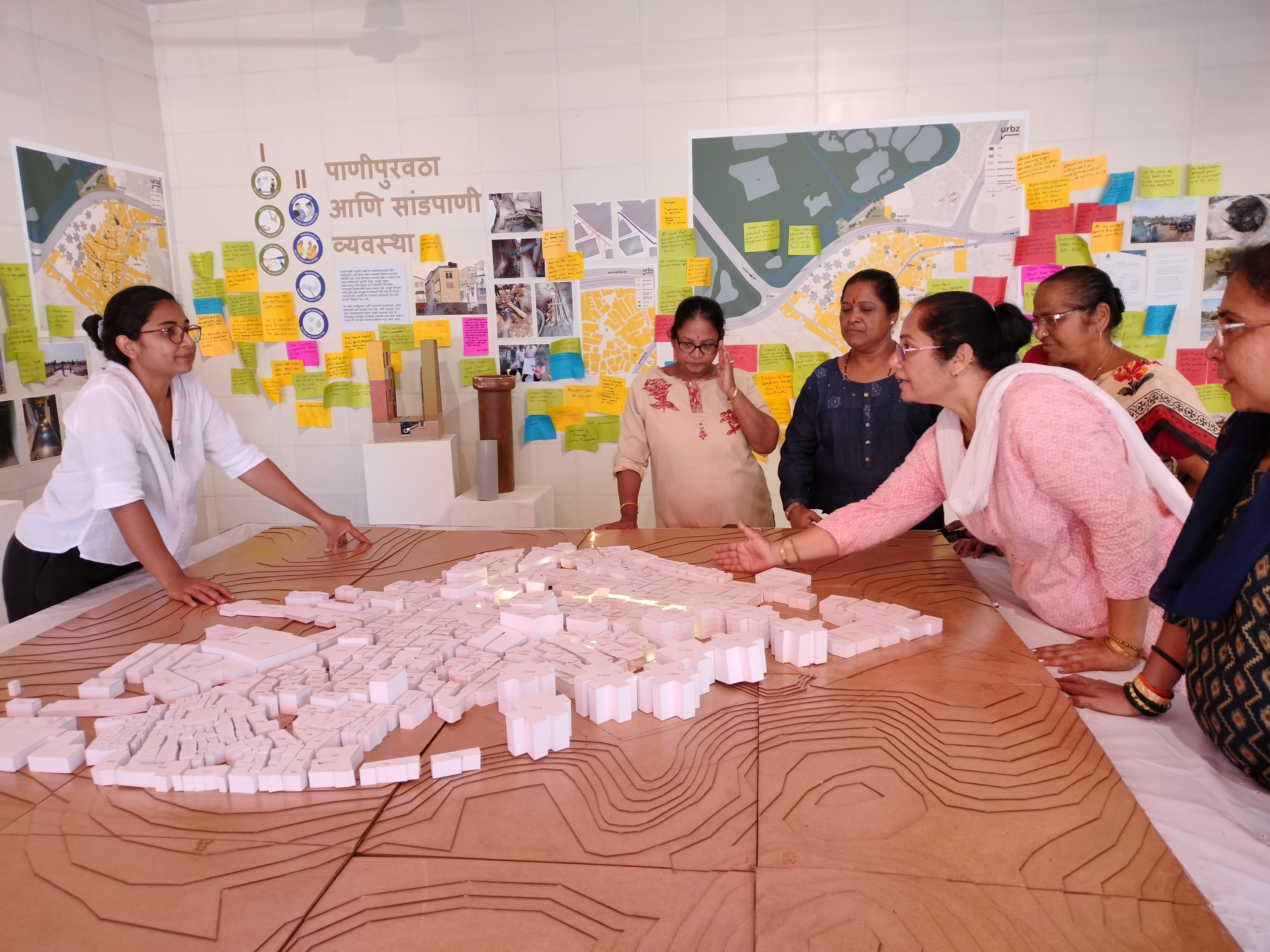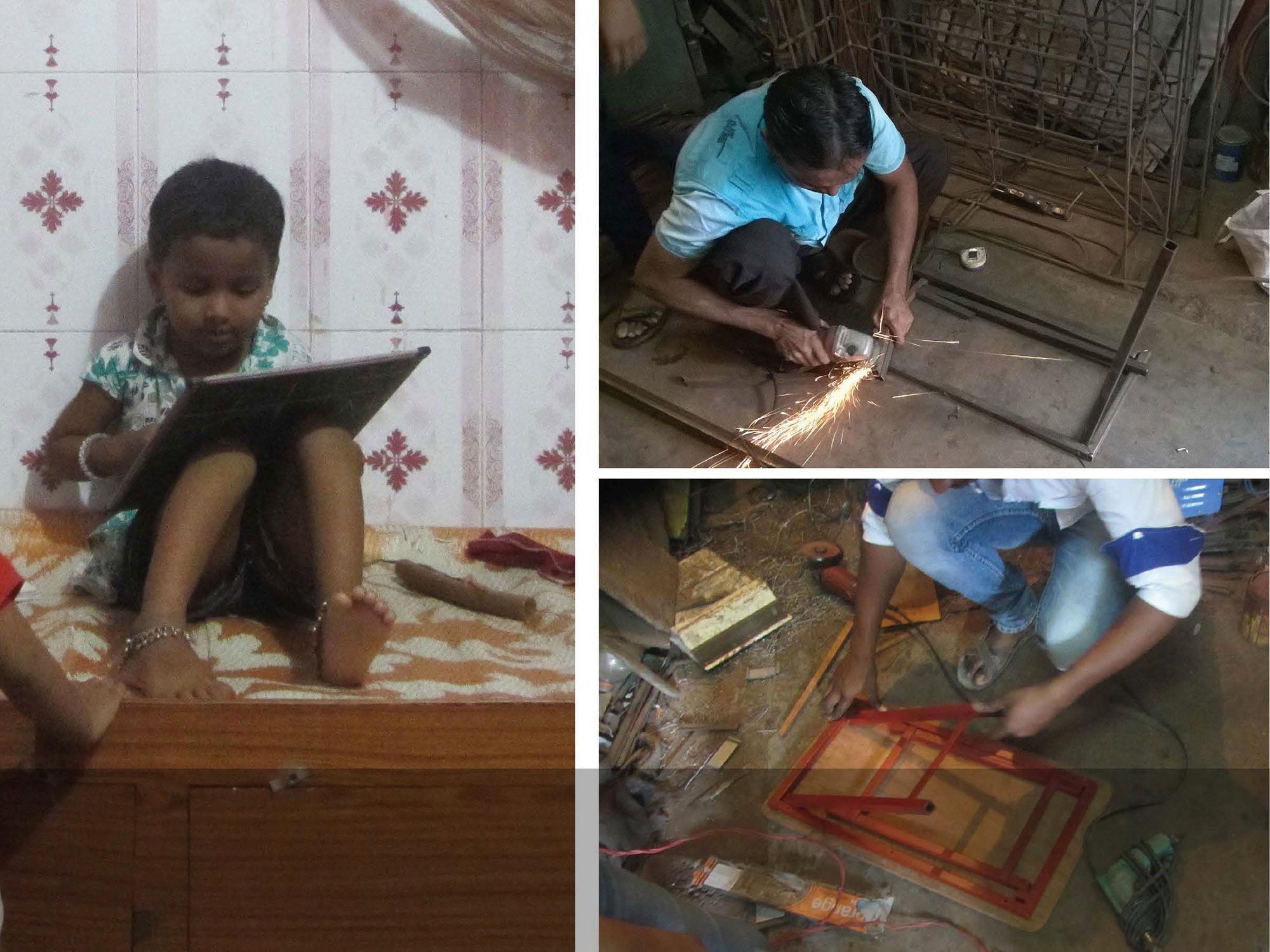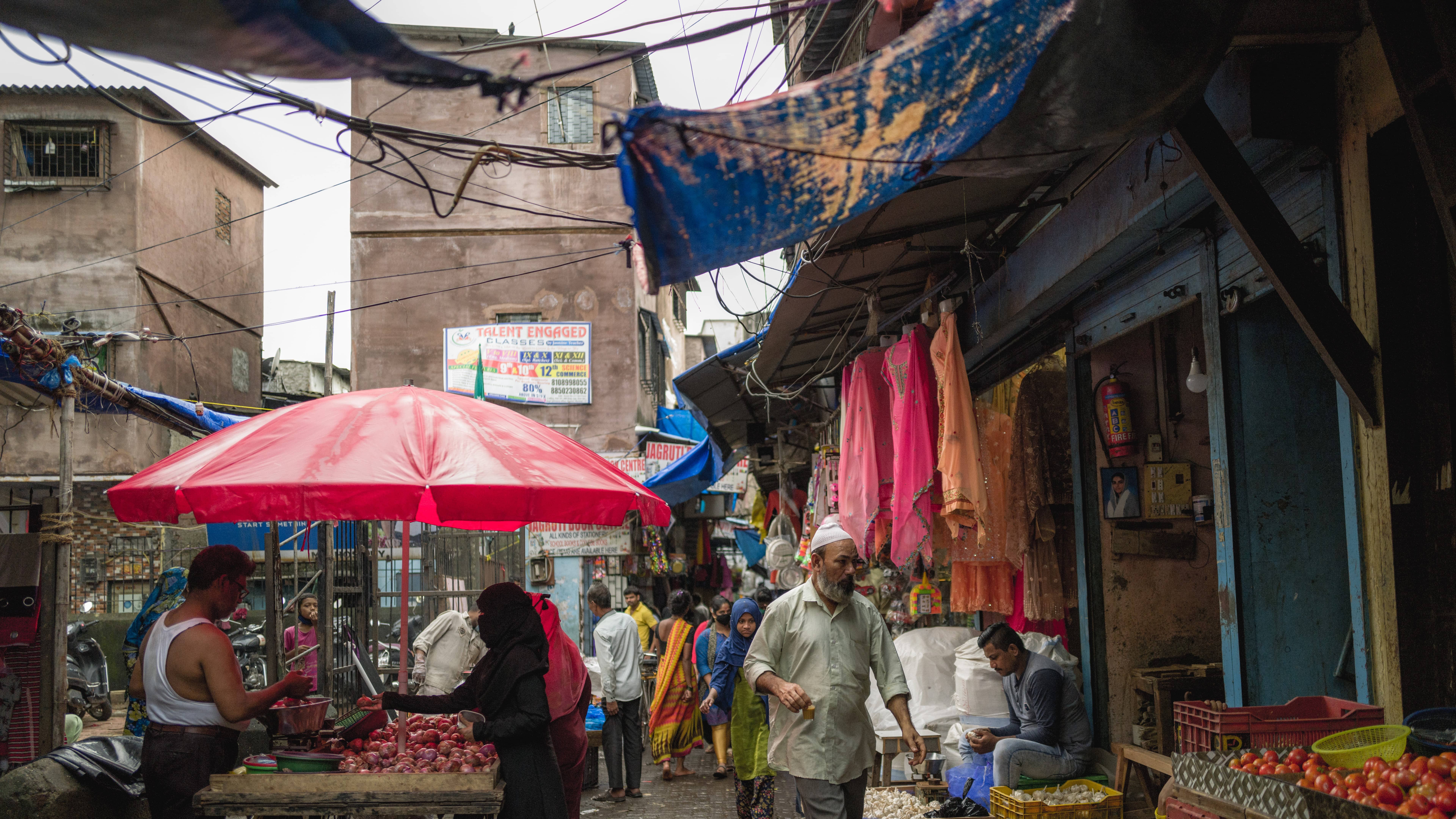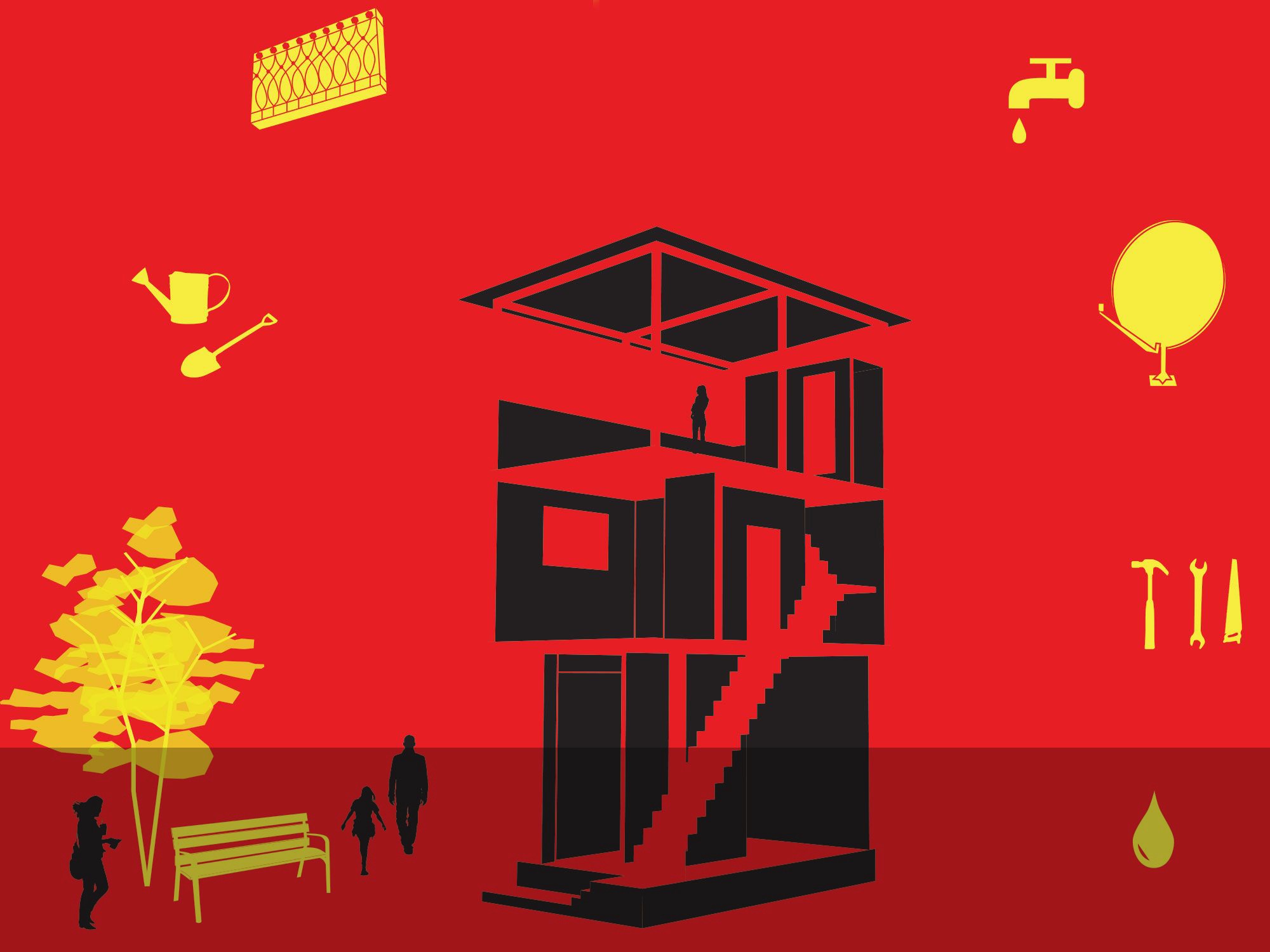Legitimising the Self-Built

Legitimising the Self-Built
Cities around the world live their lives out in their public spaces, through various forms of public performance and participation. However, these spaces have always been domains of contestation. Who gets access to it, why is it given to them, how much physical (and corresponding social) space is accorded to each actor and what the duration of allowed occupancy is, are only some of the terms that need to constantly be negotiated. The social contracts that determine these conditions are always embedded within political and civil societies. The selective access to these public spaces is made worthy of interest by the moments that lead up to the acts of legitimisation- particularly by homegrown initiatives. In this piece, we explore how homegrown streets have been constructed and then construed in two very different parts of the world- the city of Mumbai, India, and Philadelphia in the United States.
An essential part of the lives of streets in the cities of India is constituted by street vendors. One can see them lined up along streets, often occupying space on footpaths meant for pedestrians and other times taking up space meant for vehicular traffic. Mumbai is no different when it comes to the relationships of these vendors with the streets. On the Dharavi Main Road, one cannot help but walk past (and often through) the DIY structures constructed of blue tarpaulin sheets, wood, iron and steel, metal sheets, plastic crates, cartons etc. These structures are erected temporarily for economic purposes to sell various wares and services out of and are in most cases accompanied by similar structures to live out of. They exhibit reflexivity and responsiveness to the context they are situated within- one with multiple stakeholders playing a role in the (il)legitimising of these activities. In Philadelphia too, similar self-built structures attached to restaurants as outdoor dining patios have now become a common element of the urban landscape. Most of these structures are either owner-built or quickly and cost-effectively constructed with the help of a local contractor. Similar to the homegrown street structures of Dharavi, these patios are mainly constructed out of materials such as plywood, vinyl curtains, plastic tarps, recycled parts, and polycarbonate roofing. Many structures are also painted or decorated with lights, artwork, or hanging plants which provide a visual spectacle for pedestrians and transform the block into an inviting and artistic space. While self-constructed structures like these have been a mainstay of street design in urban spaces such as Dharavi, the benefits of the self-built temporary structure are only now being introduced to the formalized urban landscape in places like Philadelphia.
In Dharavi, these structures are set up at irregular intervals, on footpaths as well as on the roads- some directly attached to the fronts of shops while others are disjointed from permanent structures. Even the sizes of these establishments vary, where the latter kinds are usually larger and made of more durable and hardy materials such as bamboo supports with tarpaulin sheets acting as protection from the weather, and the former are often simply stacked cardboard cartons with a straw basket kept on top covered by an umbrella. There seems to exist a clear distinction between vendors, where some felt the obvious need to be able to pack up their wares quickly and efficiently, while the others seemingly faced no such insecurity.
Conversations with these vendors revealed that to acquire the required spatial capital for the various economic activities, a whole economy of people and institutions is involved. For starters, the vendors are required to pay a daily unofficial tax, called hafta, created by corrupt practices to all those who exercise informal control over street space. These actors can include the landlords of the plot of land they set up their stores in front of, local politicians in charge of the specific stretch of land, Mumbai Police and BMC officials. The rates for each of these actors range between Rs. 10-20 each day, as has been reported anecdotally by the vendors themselves. The passing of the Street Vendors Act of 2014 recognises the legitimacy and legality of the activities of street vendors through a process of regularisation and licensing. This, along with the payment of the hafta would indicate the establishment of a right to the city exercisable by the vendors. Yet, access to these public spaces remains precarious. There is no guaranteed long-term access, with officials from the Mumbai Police or the Brihanmumbai Municipal Corporation making rounds to demand higher bribes, confiscating the goods being sold by the vendors, or quite often, both. There also exists a relation between the physical remnants left behind on the street at the end of each term by these structures which are dependent on the ownership and duration of occupancy of the space. This requires the structures set up by these vendors to take a material form which allows them to not only erect them quickly but also take them down just as fast. The quick response that the built structure exhibits towards its social and economic context along with its capacity to adapt to the climatic conditions is adhocratic in its very nature.
In Philadelphia, the patio structures, which began as an emergency COVID-safety measure in the summer of 2020, are now being considered as potentially permanent fixtures of many cityscapes in the US. During the first summer of COVID lockdown in Philadelphia, the city began to issue emergency temporary licenses to restaurants allowing them to occupy public streets, sidewalks, and parking spaces to make room for restaurants to safely host diners. Customers, restaurants, and city-dwellers alike are enjoying what these structures bring to the city block, yet a number of contradictions arise from Philadelphia's eagerness to formally grant public space to restaurants for the production of private revenue. The introduction of the self-constructed patio draws focus toward the ways in which city government codifies legitimacy, which in turn shapes and restricts access to urban space.
As in Dharavi, the longevity of these self-built structures in Philadelphia is precarious. While these self-constructed patios are an inherently democratic and accessible form of urban development, Philadelphia plans to formalize these structures through impending city-wide regulations that would involve approval boards, licensing, and insurance once the current emergency legislation expires at the end of the year. Although the construction of an outdoor structure in city space can be essentially costless (with some spaces being built almost entirely from recycled materials such as shipping pallets), the city’s approach to legitimizing the structures makes this mode of construction inaccessible to neighbourhoods in which restaurant owners tend to have less money, less time, and less experience in navigating city planning bureaucracy. Legislation passed in December allowed for restaurants with licenses to permanently keep their outdoor dining structures, but the city later piled on other regulations which included a $60k security bond, $2,200 annual licensing fee, and a requirement that the structures had to be dismembered in the event of inclement weather. After an overwhelmingly negative reaction from restaurants, these requirements were removed, and new legislation is currently under review by the city council. For now, restaurants in Philadelphia are currently hopeful they will be able to keep their new structures but recognize that the regulations decided upon by the city will entirely determine which patios are allowed to remain.
Another problem arises in the disproportionality of the neighbourhoods in which restaurants are obtaining licensing for building these structures. The legislation passed in 2020 which allowed for Philadelphia restaurants to apply for temporary sidewalk café and streetery licenses saw an increase of 600 outdoor dining licenses for Philly restaurants. That said, most of the new licenses were issued in wealthier areas such as Center City and certain neighbourhoods of South Philly while dozens of zip codes mostly in North and Northwest Philly saw no increase in outdoor dining licensing. The same pattern was noticeable in New York City where over half of the restaurants in Manhattan applied for outdoor dining spaces under NYC’s Open Restaurants program while in the Bronx fewer than a quarter of the restaurants applied. These lower application numbers were also seen in other low-income areas including Staten Island and Eastern Queens. In both Philadelphia and New York City’s programs to legitimize outdoor dining structures, the wealthier neighbourhoods have seen a disproportionately higher rate of licensing applications while financial and social barriers bar lower-income neighbourhoods and communities from easily erecting and enjoying the same amenities.
It is in this context that an adhocratic practice of urban regulation would allow for more widespread access to erecting and enjoying these homegrown structures, rather than the exclusionary top-down bureaucratic methods currently in practice. While much of the new licensing policies in cities like Philadelphia are designed around regulating the use of public space and keeping diners safe from weather and oncoming traffic, the formalization process of these largely self-built structures must be tailored to each specific neighbourhood and made accessible through low or sliding fees and non-prohibitive and legible paperwork. These regulations, which recognize the benefit of self-built architecture, must then also aim to make safely-maintaining these structures accessible to a broader range of neighbourhoods and communities. Additionally, the opening up of public space for visually appealing and inviting restaurant structures also opens up the possibility of dedicating more public space to other possibilities of community enrichment. For Philadelphia, these structures initially born out of emergency now represent a paradigm shift in urban use of public space, the role of restaurants in society, and how the city aims to approach formalization moving forward.
It is also worth noting the role that the city dweller has in relation to these informal structures. While in Philadelphia many city-dwellers enjoy the visual spectacle of the patios and the novel experience of dining on the street, the urban restaurant’s new occupation of public street space invites increased diner interaction with unhoused populations in Philadelphia. In cities like Philly, there have been increased reports of restaurant owners calling upon the police to clear unhoused people from the premises of the street in front of their restaurant. This invites interrogation about who in the city is allowed to occupy public street space (e.g. the consumer) and who is not (e.g. the housing and food insecure). In contrast, it is often the vendors who are regular inhabitants of these public streets who face harassment from the city administration and police for the space that they occupy. Often, civic groups or private individuals in Dharavi will file a complaint with the BMC office about the vendors and their usage of the streets, which then prompts them to take action against the vendors.
The activities in Dharavi and Philadelphia, halfway across the world from each other, both have distinct features of being self-built, how the activities are carried out, how much capital goes into setting up these activities and their physical spaces of operation. Yet, the status that these respective activities and in conjunction, the physical structures that they operate within, are perceived vastly differently by the public and the city administration. They serve as paradigms of two modes of legitimisation and existence within the city. In the case of Dharavi, the absence of accessible licenses from the responsible authorities resulted in a homegrown economy which facilitates the legitimisation of the presence of a certain form of economic activity in public spaces. On the other hand, Philadelphia demonstrates to us how the legitimization of new urban forms occurs through a legislative process which often exposes the discordance between the governing bodies of a city and the diverse array of neighbourhoods and people that constitute it.
References:
https://journals.openedition.org/articulo/3631
https://ijsw.tiss.edu/greenstone/collect/ijsw/index/assoc/HASH0129/9669472d.dir/doc.pdf
https://billypenn.com/2022/04/27/philadelphia-streeteries-outdoor-dining-regulations-restaurants/
https://www.nytimes.com/2021/06/29/dining/outdoor-dining-nyc.html
